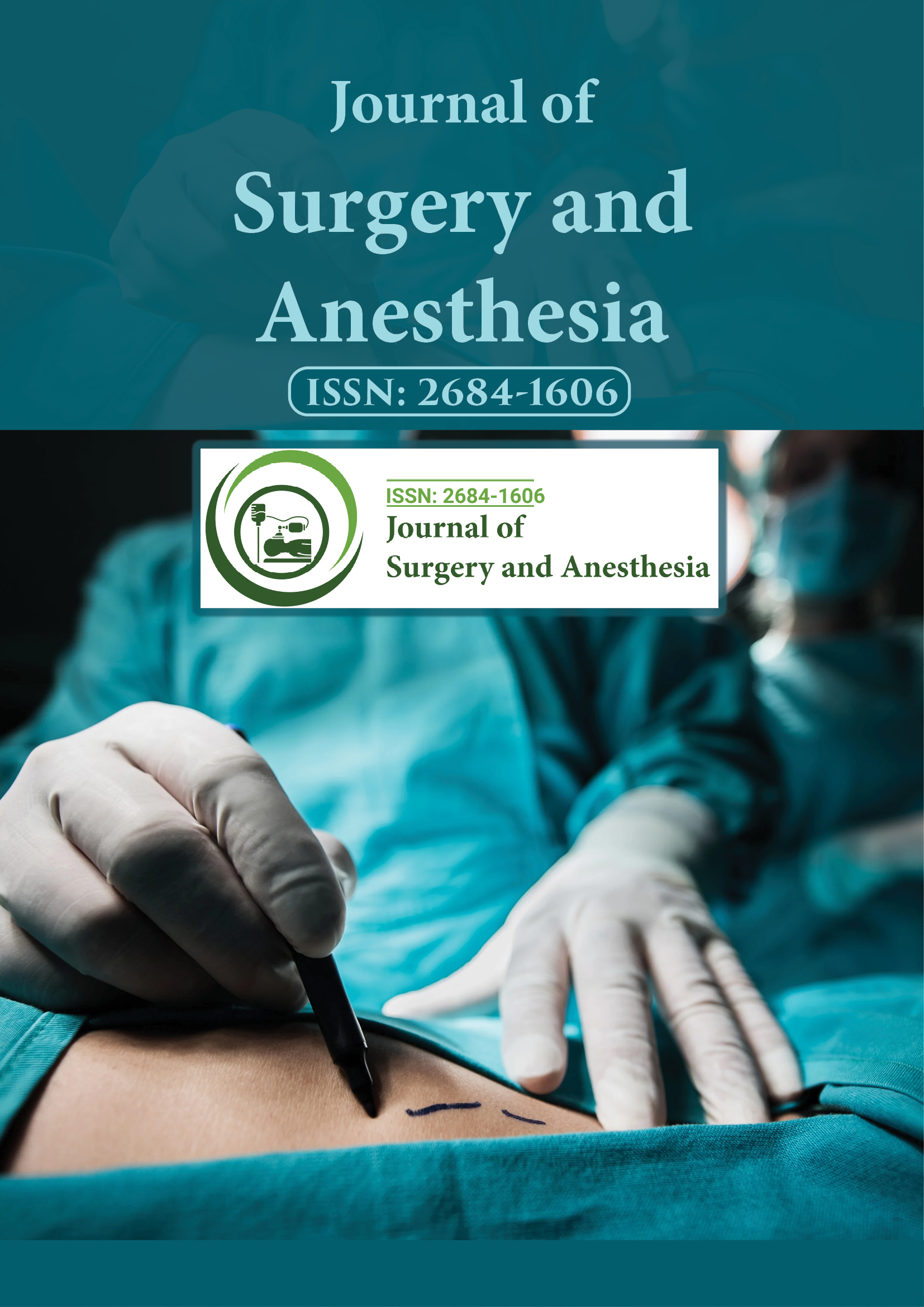Indexed In
- Google Scholar
Useful Links
Share This Page
Journal Flyer

Open Access Journals
- Agri and Aquaculture
- Biochemistry
- Bioinformatics & Systems Biology
- Business & Management
- Chemistry
- Clinical Sciences
- Engineering
- Food & Nutrition
- General Science
- Genetics & Molecular Biology
- Immunology & Microbiology
- Medical Sciences
- Neuroscience & Psychology
- Nursing & Health Care
- Pharmaceutical Sciences
Cosmetic robotic single dock suprapubic eTEP via arcuate line access (eTEP-Pal) with ventral hernia repair and plication of diastasis recti
11th International Conference on SURGERY AND SURGEONS
March 16-17, 2023 | Dubai, UAE
Mario Leyba & Michael Blea
Robotic Hernia Surgeons of NM, USA
Scientific Tracks Abstracts: J Surg Anesth
Abstract:
A commonly encountered problem in the postpartum female is the diastasis recti with a concomitant abdominal wall hernia with underlying abdominal wall dysfunction. There has been some controversy in the surgical world as to the optimal mode of repair. The controversy stems from the cosmetic approach versus the abdominal wall dysfunction approach and usually includes repair of the diastasis recti and the abdominal hernia. The cosmetic approach usually involves an abdominoplasty with skin resection and anterior closure of the diastasis recti and usually a non-mesh repair of the hernia. If the hernia is large this can pose a problem and often they are fixed prior to the abdominoplasty and usually referred to a general surgeon. With the advent of robotic surgery, several different approaches for repair have surfaced to accommodate both small and large hernias at the same time as the diastasis recti repair. My partner and I have developed a reproducible technique for a cosmetic like repair via 3 small incisions in the suprapubic region (panty line) with access to the arcuate line (Robotic eTEP-PaL or eTEP -Pubic Arcuate Line) and then the subsequent retro rectus space development with ability to suture close and repair the small and moderately large hernia defects, with the associated plication of the diastasis recti and placement of a retro rectus mesh for support. In addition, larger hernias have the ability to expand to either a unilateral or bilateral transversus abdominus release (TAR) from the same single dock approach. This is our experience on our first 50 cases. Several novel approaches to access the retro rectus space have been utilized, developed and expanded from concepts of the known Phillips technique. Our experience demonstrates this is feasible, reproducible and a cosmetically pleasing technique, with great implications in this and other patient populations.
Biography :
Mario Leyba and Dr. Michael Blea have extensive robotic experience with ventral hernia repairs in a variety of methods. Dr. Leyba has done over 2500 robotic procedures. They have a busy practice in New Mexico with procedures ranging from intracorporeal colon resections to foregut surgery. They specialize in Abdominal wall reconstructions such as robotic eTEP, Tapp, and TAR.
